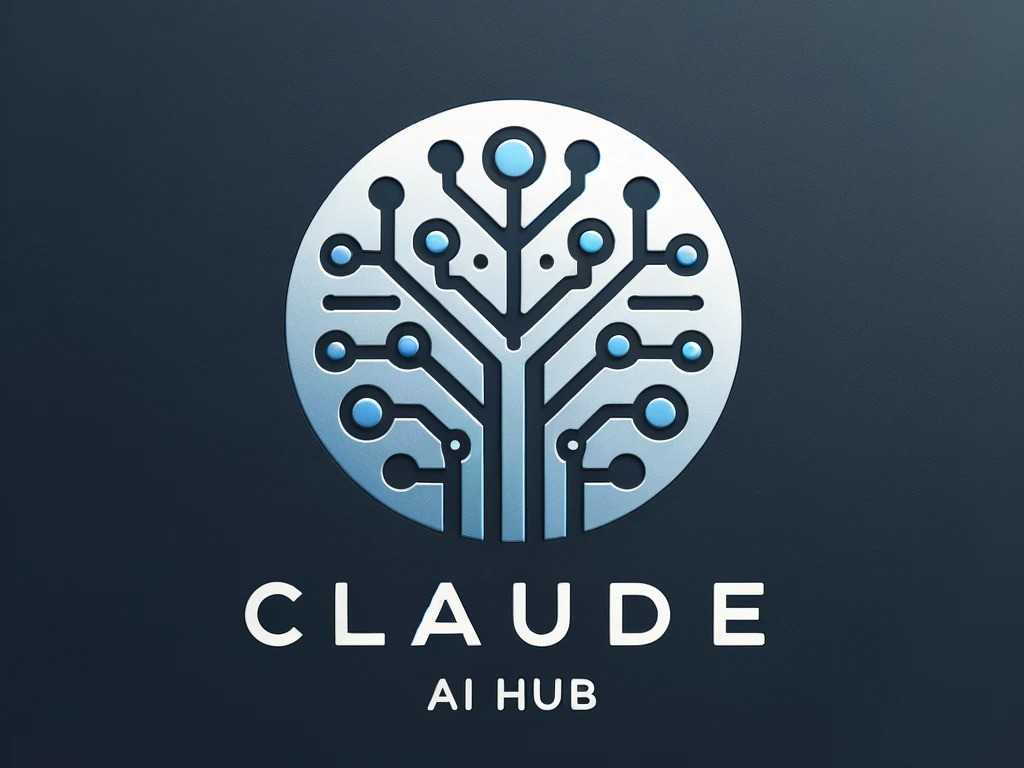Claude 3 Sonnet: Pricing and Features
Claude 3 Sonnet is a pivotal model in the Claude 3 series by Anthropic, designed to serve as the golden mean between high-speed responsiveness and deep intelligence. Tailored especially for enterprise workloads, Claude 3 Sonnet offers a compelling combination of performance, scalability, and cost-effectiveness, setting a new benchmark for AI deployments at scale.
Table of Contents
Striking the Perfect Balance: Intelligence and Speed
Claude 3 Sonnet is engineered to address the specific needs of businesses that require both swift processing and smart, insightful AI interactions. Its design philosophy centers around providing strong performance without the high costs typically associated with advanced AI models. With a context window of 200,000 tokens, Sonnet is adept at handling extensive data, making it highly versatile across various use cases.
A Closer Look at Pricing and Possibilities
Claude 3 Sonnet’s pricing model is straightforward and accessible, making it an attractive option for businesses looking to leverage AI without incurring exorbitant costs. For every million input tokens, the cost is set at $3, while every million output tokens are priced at $15. This pricing structure is particularly beneficial for large-scale deployments & API usage where cost efficiency becomes paramount.

Potential Uses Across Industries
- Data Processing: Claude 3 Sonnet excels in tasks such as RAG (retrieval-augmented generation) or search and retrieval, parsing vast knowledge bases with ease.
- Sales and Marketing: From generating product recommendations to forecasting trends and executing targeted marketing strategies, Sonnet provides a competitive edge.
- Time-saving Tasks: Automating code generation, quality control checks, and text parsing from images, Sonnet enhances productivity and reduces the manual workload.
Accessibility and Integration
Marking its distinction, Sonnet is available for free for personal use, democratizing access to advanced AI capabilities. Furthermore, it integrates seamlessly with platforms such as Amazon Bedrock and is in private preview on Google Cloud’s Vertex AI Model Garden, expanding its accessibility and utility.
Performance Metrics
What truly sets Claude 3 Sonnet apart is its remarkable improvement in speed and intelligence over its predecessors, Claude 2 and 2.1, making it highly effective for fast information retrieval and sales support functions. Notably, Sonnet has demonstrated superior performance in coding, mathematical reasoning, and context recall compared to other models like GPT-4, underlining its potential as a more capable and efficient solution.

Conclusion
Claude 3 Sonnet stands as a testament to Anthropic’s commitment to advancing AI technology in a way that aligns with the needs of modern businesses. Its blend of affordability, speed, and intelligence offers a promising avenue for enterprises looking to harness the power of AI for diverse applications. As AI continues to evolve, models like Claude 3 Sonnet will undoubtedly play a crucial role in shaping the future of technology, making sophisticated AI tools more accessible and practical for business and personal use alike.
Frequently Asked Questions: Claude 3 Sonnet

1. What is Claude 3 Sonnet?
Claude 3 Sonnet is part of Anthropic’s Claude 3 AI model series, designed to offer a balanced blend of speed and intelligence for enterprise workloads, making it ideal for scalable AI deployments.
2. How does Claude 3 Sonnet compare to other Claude 3 models?
Claude 3 Sonnet is engineered for speed and cost efficiency, making it faster than earlier versions like Claude 2 and 2.1, and more affordable than Claude 3 Opus, yet it still maintains high intelligence and performance levels.
3. What are the key uses of Claude 3 Sonnet?
It excels in data processing, sales and marketing tasks, coding, mathematical reasoning, and time-saving tasks like quality control and text parsing from images, showcasing versatile applications across industries.
4. Is Claude 3 Sonnet multilingual?
Yes, Claude 3 Sonnet supports multiple languages, making it a versatile tool for global enterprises.
5. Can Claude 3 Sonnet process images?
Yes, like its counterparts in the Claude 3 series, Sonnet has vision capabilities, allowing it to understand and process images.
6. What is the pricing structure for Claude 3 Sonnet?
For businesses, Claude 3 Sonnet costs $3 for every million input tokens and $15 for every million output tokens. It is available for free for personal use.
7. How can I access Claude 3 Sonnet?
Claude 3 Sonnet is accessible through Amazon Bedrock and is in private preview on Google Cloud’s Vertex AI Model Garden. It powers the free experience on claude.ai, with Claude Pro subscribers having access to additional features.
8. How does Claude 3 Sonnet’s performance compare to GPT-4?
Claude 3 Sonnet outperforms GPT-4 in several areas, including coding, mathematical reasoning, and context recall, demonstrating its superior intelligence and application potential.
9. What is the maximum output of Claude 3 Sonnet?
Claude 3 Sonnet can generate up to 4096 tokens in output, facilitating extensive and detailed responses to user prompts.
10. How does Claude 3 Sonnet handle large-scale AI deployments?
Thanks to its balanced design between intelligence and speed, combined with cost efficiency, Claude 3 Sonnet is engineered to withstand the demands of large-scale AI deployments, making it a dependable choice for enterprises looking to scale their AI capabilities.







